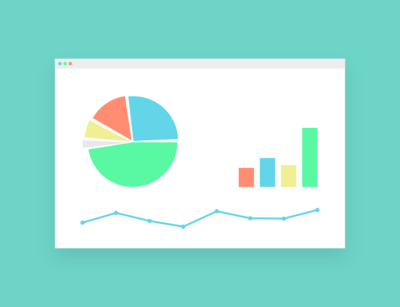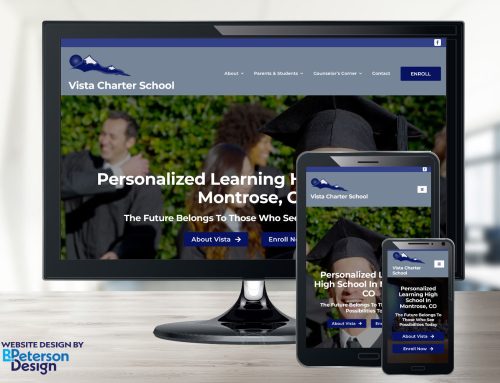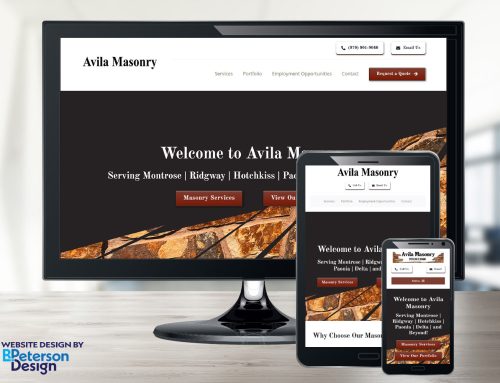Google is always changing its search engine algorithms, shifting how it indexes and crawls sites, and is always getting a little smarter. Search engine optimization (SEO) used to be easy. You just had to create a page on your website with a good title, add some images, and throw the keyword you want to rank for in there a few times. Google and other search engines are getting smarter and some can even examine an image and tell what is in the photo!
Machine Learning & Natural Language Processing
Google and other search engines simply used to search web pages and find keywords. The more the keyword was on the page and in the alt text of images, the better your chance at ranking higher or getting to the first page of Google. SEO was pretty easy, just spam your keywords everywhere within your site and you’d start ranking. When you spammed keywords like this the text didn’t necessarily have to read well or flow together resulting in a poor user experience.
Content creation on a website no longer involves keyword stuffing and just writing to satisfy a bot from a search engine. Google now knows more than ever. When bots from Google crawl your site, they take into account what individual words mean and can even detect synonyms on the page, from there, Google pieces together sentences to gain an understanding of what is on the page. Something as small as grammatical errors can have a negative effect on rankings. Google only wants to deliver the best results that will deliver exactly what people are searching for. When Google crawls your site, it wants to see real, helpful content that people would want, not some article stuffed with keywords.

Google is able to process a whole webpage and tell what it is about without you having to stuff keywords everywhere. Google knows past tenses, synonyms, and even abbreviations very well. For example, Google knows where cities are located and uses location data from people who are searching to deliver the most relevant results. Google understands that ‘Montrose, CO’, ‘Montrose, Colorado’, and ‘Montrose’ are all the same place. Google can also detect synonyms. For example, it understands that if people are searching for ‘Montrose, CO web design’ it is the same as “web designers in Montrose, Colorado’. Google used to only process keywords when it was all exactly spelled out together, using natural language processing, now Google can actually read sites like a human and find the most relevant content. The focus has now become less on focusing on a specific keyword and instead, becoming more relevant about a certain subject.
This brings us to bounce rate. The bounce rate is basically how fast people click away from your site. A low bounce rate means that more people are staying on your site for a longer period of time. When people stay on your site for longer, that sends a good signal to Google and other search engines because they are seeing that your site is giving people what they are searching for. In turn, your website will continue to climb the rankings of Google the more good content you create.
Mobile first indexing
In March 2018, Google announced that it would start mobile first indexing. Google now uses the mobile site as the starting point for indexing. Content creation and writing in a natural, conversational manner are important, but Google also looks at how responsive a website is. Your website has to work on any display. It may be displayed on anything from large, wide computer screens, medium sized tablet screens, to all different sizes of smaller phone screens.

When your website is responsive it will be fully functional on any device. Your site will shift around and images and text will become larger or smaller to display well on any given device while still maintaining a consistent look and familiar layout. Now, over 50% of searches occur on mobile devices. If your website isn’t responsive, you’re going to lose out on customers. Potential customers will click away as soon as they see it doesn’t work well on their phone. This increases your bounce rate. Google looks at this data and sees that people are not liking what they find on your website and your website will start to decline in Google rankings.
Links aren’t as valuable as they used to be
Backlinks used to be huge in getting your website to climb the rankings of Google “back in the day”. Google has greatly decreased the value of backlinks. Backlinks are where other sites link back to your site. People would contact friends or even buy links from others in attempts to make their site seen more on Google. Google now only places value on certain, authoritative links such as from well-known places. When your site is linked on these authoritative websites, authority from these sites is passed on to your site, telling Google that your site is trusted on valuable.
It isn’t valuable to get backlinks from just anywhere, authoritative sites are usually places that have received a lot of attention from media outlets or are the primary source of valuable information on a certain product, service, or event. Backlinks you receive should be relevant to your website and what your business or organization provides.
SEO is becoming more technical
Search engine optimization on websites used to be that Google just looked for keywords on a page. Now Google looks at keywords, locations, local business directory listings, bounce rate, responsive designs, internal links, and a host of other areas to rank sites.
Google likes fresh, new content and websites with a good user experience. You have to make sure that your website not only has a high-quality design, but it also must give high-quality content. Your site needs to have good hosting and optimized images so that it will load quickly. The most recent changes to Google ensure that only the most quality results are shown to users.
____________________________
We at BPetersonDesign always keep up with the latest trends and changes. You can be confident when you host or build your website with us, you always get the best quality and most recent updates. Get in touch to learn more about the services we offer and learn how we can help grow your business!







